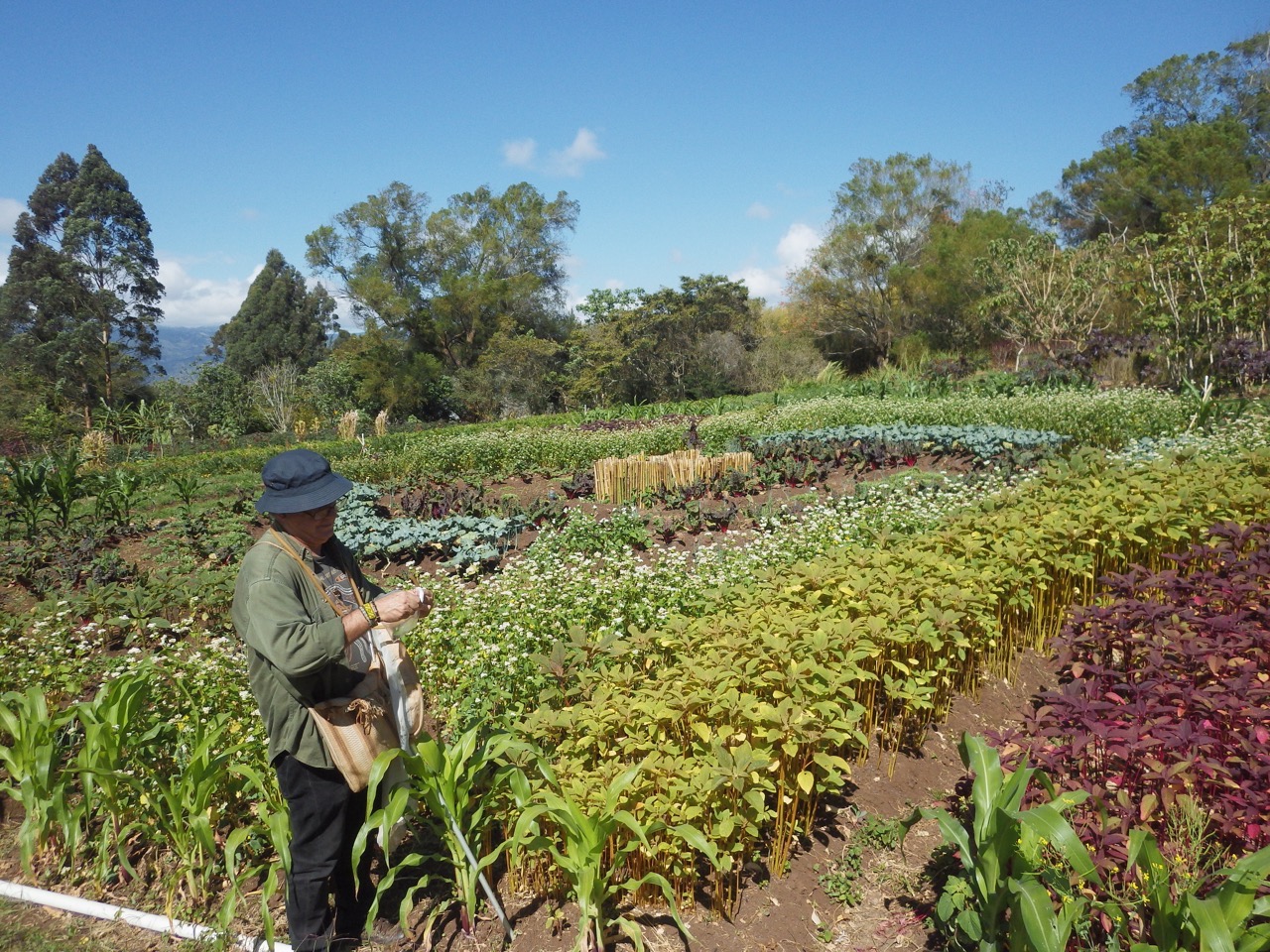An Overview Of Our Solution
- Population Impacted:
- Continent: North America
Organization type
Population impacted
Size of agricultural area
Production quantity
People employed
Describe your solution
Describe your implementation
External connections
What is the environmental or ecological challenge you are targeting with your solution?
Describe the context in which you are operating
We are working with farmers and organic agriculture students, along with government agencies and an agriculture school, doing research and giving training courses on basic entomology and promotion of natural enemies and pollinators. We started an insect collection of insects associated to crops. We have a Facebook page to share information about this issues, organizing workshops to farmers and general public. We are finishing a guide book on insects of importance in agriculture
http://semanariouniversidad.ucr.cr/pais/costa-rica-es-el-consumidor-mas…
http://www.ticotimes.net/2015/06/07/costa-rica-consumes-agrochemicals-p…
How did you impact natural resource use and greenhouse gas emissions?
Language(s)
Social/Community
Water
Food Security/Nutrition
Economic/Sustainable Development
Climate
Sustainability
It is a combination of public and private funding, specially at the initial phase, it depends heavily on public funding, specially in Costa Rica, which is a country no longer recipient of international development agencies funding. But local farmers organizations and public contributions are other ways of funding this endeavor, specially when the farmers start saving in pest control and gain more from their healthy crops. A sustainable farm can share their experience and get some extra funding from day visitors and events.
Return on investment
Entrant Image

Entrant Banner Image

